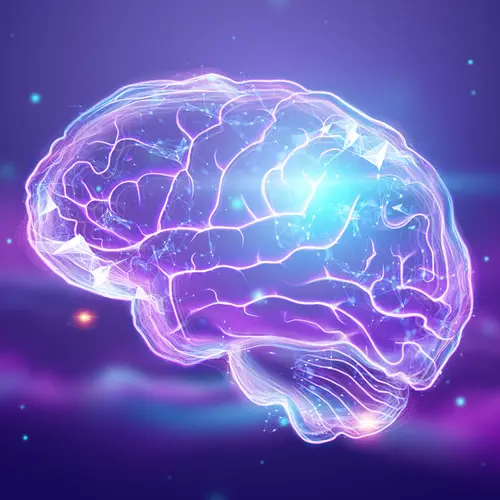If your child has a seizure, it's natural to have plenty of concerns about what exactly happened, why, and what comes next. There are treatments that can help, but a lot depends on the cause of the seizure and what kind your child gets.
A focal onset seizure starts in one part of the brain. Doctors used to call them partial seizures, and you may still see that term on some websites or in books.
What it looks like depends on where in the brain it happens. Your child may have symptoms that range from twitching or tingling in the hand to having a sense of dread or feeling like time slows down.
Focal onset seizures tend to be very short, and they don't cause any lasting harm to the brain. You'll work closely with your doctor to find treatments that are best for your child.
What Happens During a Focal Onset Seizure?
Brain cells talk to each other by sending electrical signals back and forth, and there's usually a rhythm and order to it. A seizure is a sudden burst of activity, like a flash storm. It throws everything off-kilter for a bit.
During a focal onset seizure, that burst of activity starts on one side of your child's brain. It might happen in more than one area, but it's limited to just that side.
Types of Focal Onset Seizures
There are two main kinds:
Focal onset aware seizures. Doctors used to call them simple partial seizures. Your child is alert and aware of what's going on during one of these. Even if they're unable to talk, they can hear you and knows what's happening around them.
Often, these seizures affect movement and may cause something like a jerking motion in a hand or arm. But it all depends on where in the brain it occurs. If it's near the back of the brain, it could affect your child's vision. In other areas, it could cause sweating or an upset stomach.
They may last just a few seconds or up to 2 minutes.
Focal onset impaired awareness seizures. They used to be known as complex partial seizures. The big difference with these is that your child doesn't know the seizure is happening. Even afterward, there may be some foggy memory of it, but nothing clear.
The lack of awareness can show up in different ways. Your child may look "with it" and might even move and speak, but won't respond when you talk to them. In other cases, your child might seem confused. Some kids may pass out, while others simply seem off in their own world.
You may also see behaviors like lip smacking, gagging, or even laughing for no reason. And afterward, your child may be very tired or sleepy.
These seizures often happen in the brain's temporal lobe, which handles memory and emotion. They typically last 1-2 minutes.
What Causes Them?
Doctors often aren't sure. Anything that gets in the way of brain cells talking to each other can do it. That means there are several possible causes or things that can raise a child's chances for having one, such as:
Body chemistry problems. The body can take a lot of wear and tear, but it needs to have certain things in just the right balance. Any of these conditions could trigger a seizure:
- Low blood sugar
- Not enough calcium
- Too much or not enough sodium
- Wrong balance of chemicals called neurotransmitters, which carry messages around the brain
Brain issues. Even a minor problem in how the brain forms can trigger seizures. It could be something so small that it won't even show up on an imaging test.
Other brain-related problems that can raise the odds for a focal onset seizure include:
- Head or brain injuries, such as concussions
- Infections, like encephalitis, meningitis, and sepsis
- Stroke
- Tumors, though this is a rare cause in children
Epilepsy. This is often where your mind jumps first when you think about a cause of seizures, but it's only one of many possibilities. About 1 in 10 people have a seizure at some point in their lives. Only a small fraction of them have epilepsy. If your child has two or more seizures with no clear cause, that's typically when it becomes a concern.
Fevers. From about age 6 months to 5 years, children's brains are more likely to get seizures from a fever or sickness. It's not clear why, but it's a fairly common cause.
Other possibilities. Some other causes include:
- Certain medicines
- Drugs and alcohol -- both using them and withdrawal from them
- Genes, which can play a role in some types of epilepsy
- The child's mother had an illness while pregnant

